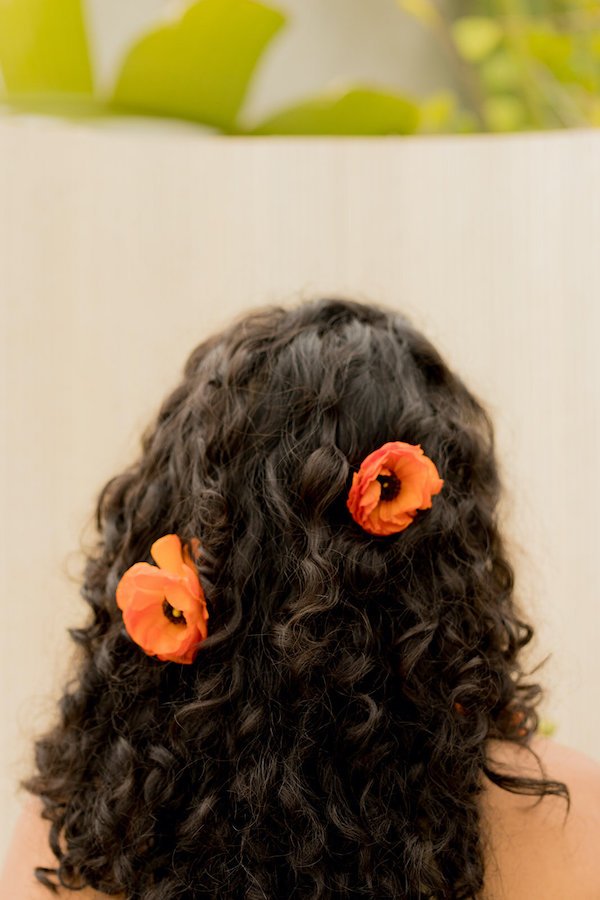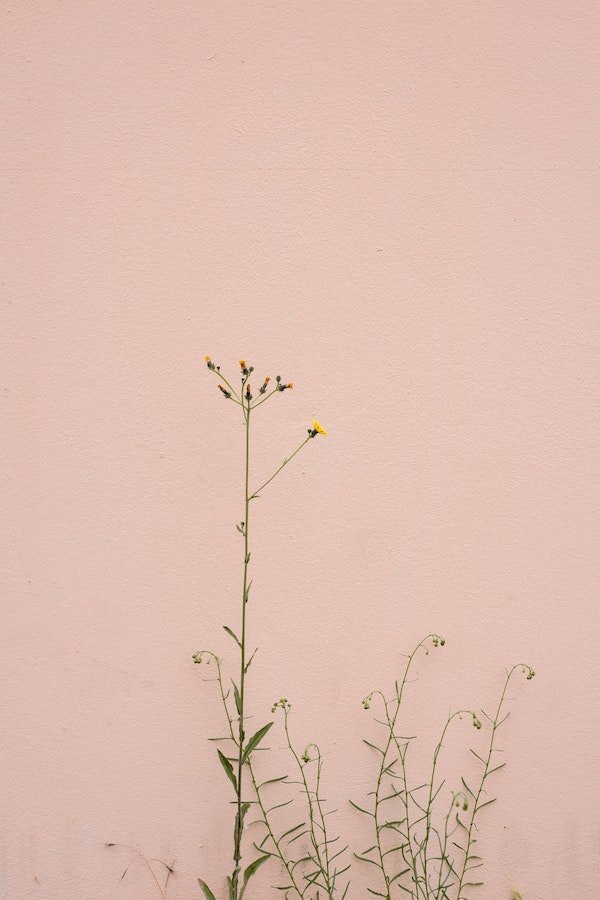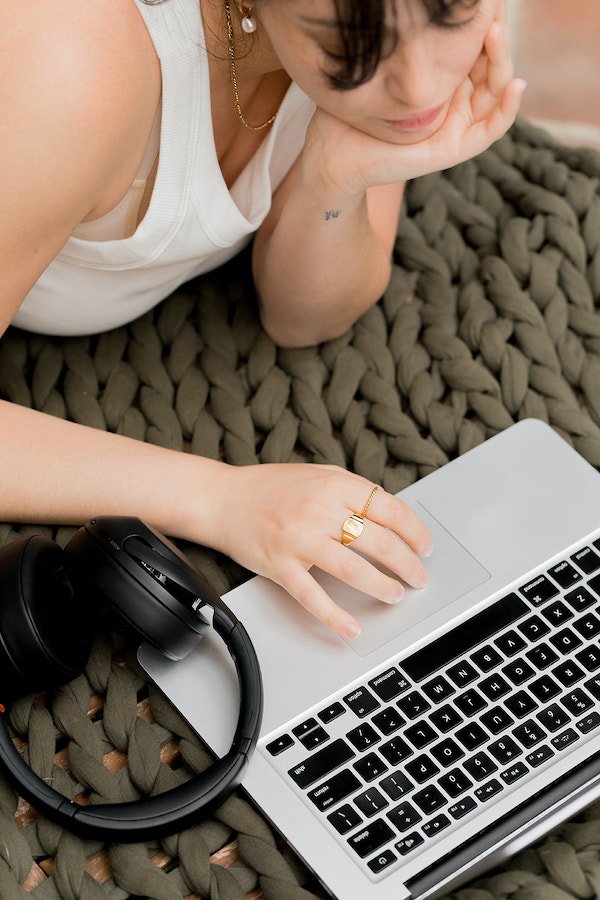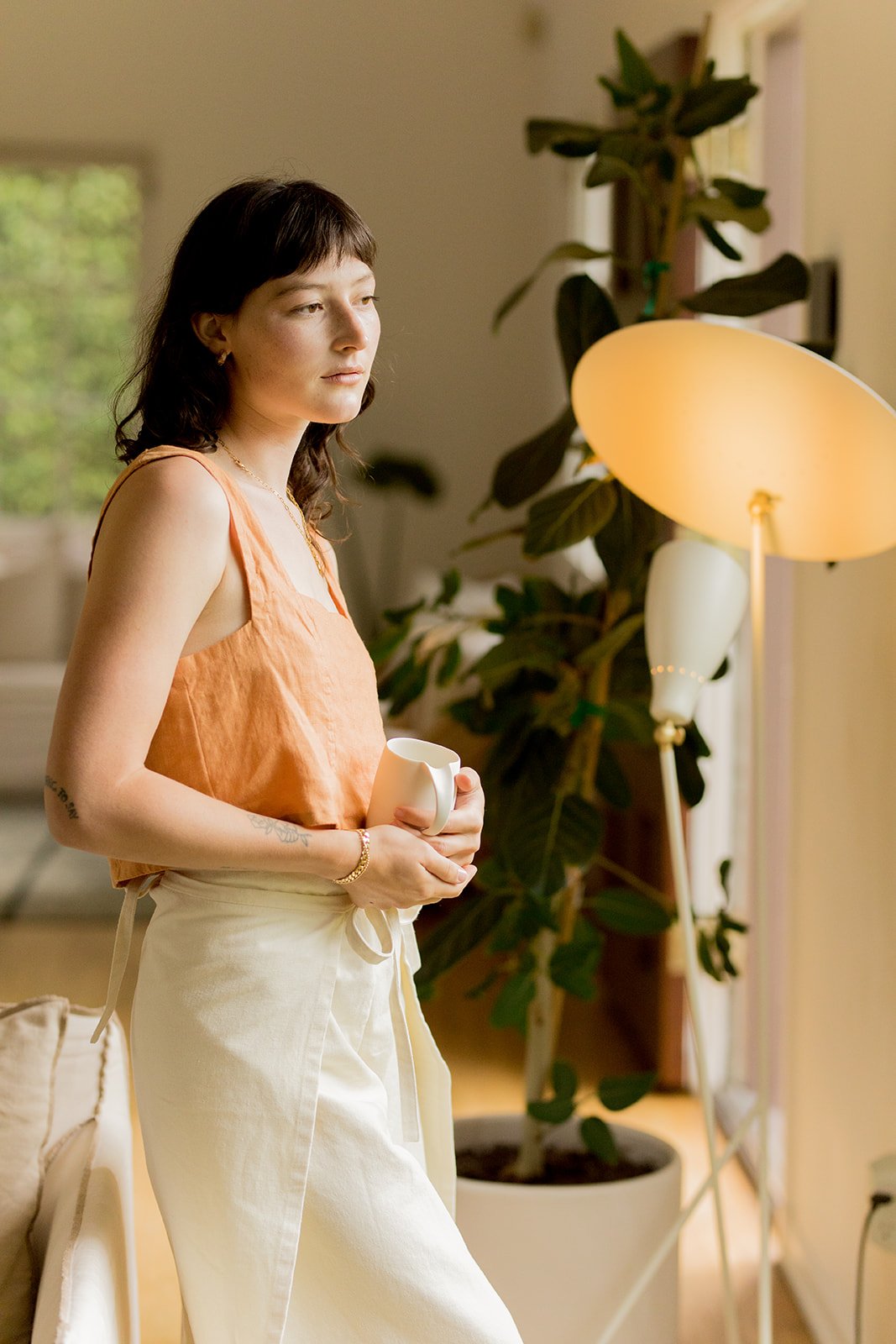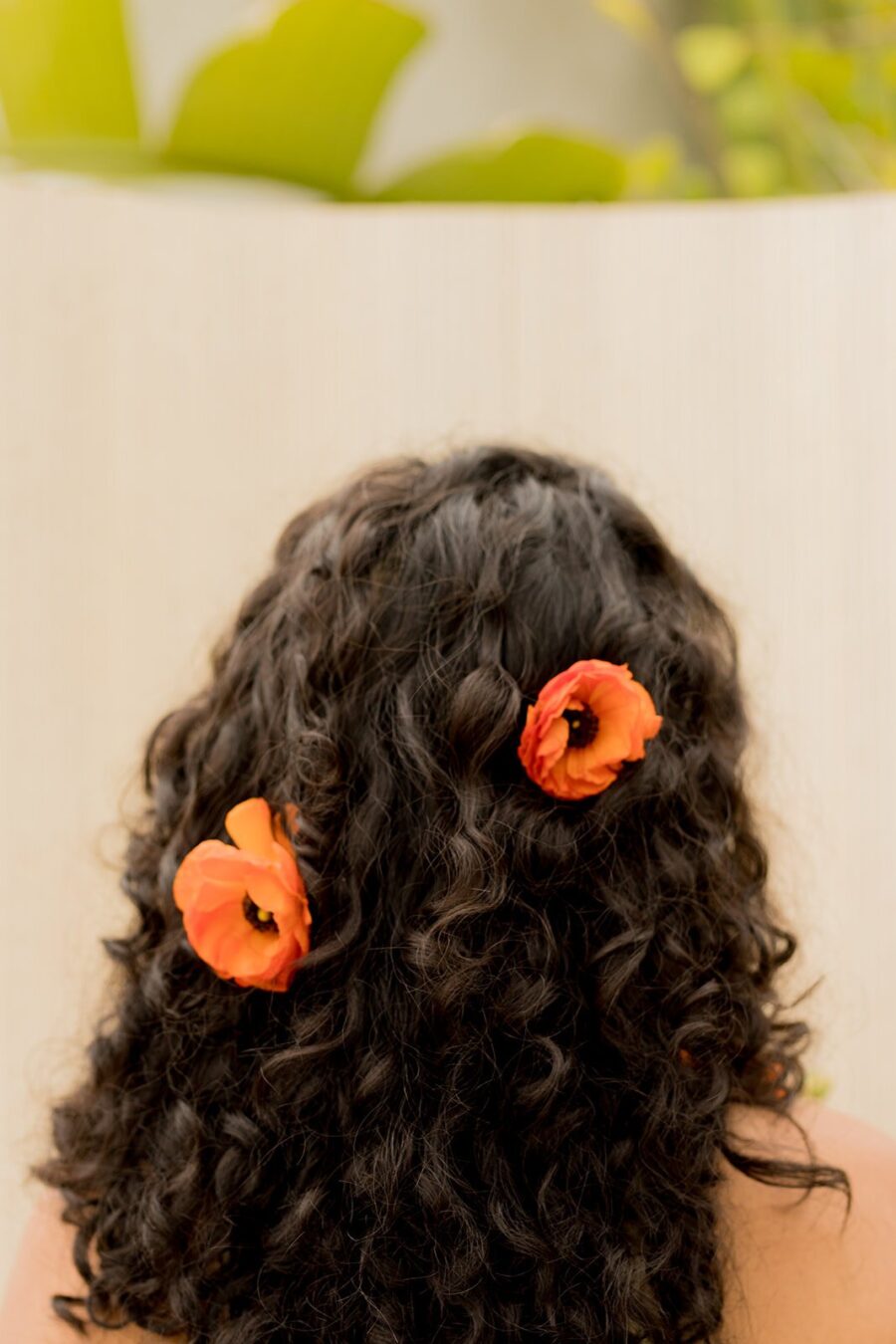
How Everyone Can Benefit From Creative Living
There’s No Such Thing As “Not Being Creative”
For the longest time, I didn’t believe that I was creative. Even though I spent my childhood stealing moments from the dinner table to write ‘make-believe’ stories in my diary, I had a certain belief of what creativity did (or didn’t) look like. And, in my mind, it definitely did not come in the form of my stick-figure drawings or love for science.
Rather, being “creative” meant that beautiful, artistic drawings flowed out of your hand with ease. Or you spent hours alone in the woodshop, sculpting the most intricate pieces. But, most importantly, I assumed creativity was about the output—to be creative, you needed to make something beautiful.
“I assumed creativity was about the output—to be creative, you needed to make something beautiful.”
My beliefs weren’t unique, either. In our modern world, creativity is often confused as a skill or talent, something we can be “good” or “bad” at, rather than a way of existing in the world. But as a first-generation immigrant, there was no room for failure. Instead, there was a very clear path to success: Do well in school, get a good job, and then, if you’re lucky, you can enjoy creative hobbies on the side.
That advice left me in my mid-twenties alongside millions of other millennials feeling burned out, anxious, and achievement-driven. Over 90 percent of adults today say they feel burned out, and the emotion of languishing is ever-present, especially as we adjust to our post-COVID world.
Interestingly, there is an antidote to many of our modern struggles, and it’s not simply taking more time for rest. Creativity is one of the only psychological qualities linked to helping us develop meaning, purpose, fulfillment, and joy, among many other health benefits. And guess what? Every single human being has it hiding in their DNA, no matter if you believe it or not.
David Eagleman, a neuroscientist and co-author of “The Runaway Species: How Human Creativity Remakes The World,” has long studied how creativity works in the brain; he likens it to the “cognitive operating software” of our thoughts. Essentially, creativity is constantly running in the background as we go about our daily lives, and it lights up in our brains anytime we imagine something new. So whether you decide to take a different route to work or ponder ways to stop scrolling through your phone so often—your brain is practicing creativity.
“Whether you decide to take a different route to work or ponder ways to stop scrolling through your phone so often—your brain is practicing creativity.”
Still not convinced? Take it from Dr. Eagleman himself. “The drive to create [something] new is part of our biological makeup. We surround ourselves with things that have never existed before, while pigs and llamas and goldfish do not.”
Ultimately, creativity is a tool for mental well-being. And according to new psychological research published in the Journal of Positive Psychology, practicing creativity can improve our mood and emotional and psychological health for up to 24 hours. Creativity is also linked to long-term health benefits like lower cortisol levels, increased cognition and better memory—basically, it’s like a superfood for your brain!
So, how can you inject more everyday creativity into your life to fight burnout and even feel more fulfilled?
1. Reframe your definition of “creativity.” As the co-founder of a mental health startup focused on making everyday creative habits more accessible, it’s my personal mission to redefine how creativity is perceived in our world. And to do so, it’s important to distinguish between two types of creativity.
“To begin practicing creativity for our well-being, we must reimagine our personal definition of it.”
“Big C” Creativity is how we traditionally talk about creativity in the form of output-focused arts or innovation. Then you have “Little C” creativity, which is essentially the small, everyday moments that shape how you see the world. These are the creative thinking practices that show up on an evening neighborhood walk or when exploring new ways to decorate your home.
But to begin practicing creativity for our well-being, we must reimagine our personal definition of it. Here are some questions to get you thinking:
Has anyone ever told you that you’re not creative—implicitly or explicitly?
What impact has that had on your ability to engage in it?
Or maybe you’re on the other side of the spectrum—do you have perfectionist qualities around creativity? What stories can you let go of in order to reap its well-being benefits?
2. Focus on enjoyment, not success. Openness to new experiences and ideas is considered synonymous with being “creative.” So, how can you approach your life with the mindset of experiencing something new, no matter how small?
It might be expressing your creativity by dancing to a new playlist you curated or playing hide-and-seek with your new puppy. It might be picking up a new skill, like learning to crochet. But, instead of becoming the Best Crocheter In The World, can you try using it simply as a tool to relax or focus?
3. Make it an everyday practice. I often get asked what the best way to practice “everyday creativity” is, and in essence, this question goes against the core qualities of creativity! As long as you’re trying something new and challenging old ways of thinking, you’re practicing everyday creativity.
“As long as you’re trying something new and challenging old ways of thinking, you’re practicing everyday creativity.”
But building a new habit is challenging at first. When we try something new, our brain is hard at work developing pathways to make that process easier—and it can feel like an uphill battle. Eventually, though, the new habit will become easier until it’s second nature.
To turn “Little C Creativity” into an everyday practice, become mindful about how you incorporate it into your schedule. It shouldn’t be something that you do once a year at Paint & Wine date night. Breaking it into small, frequent habits has a better impact on your health than planning one hours-long writing session that you’ll never get around to doing.
Here are a few ideas (but feel free to get creative with it!):
Find a way to reuse one item you’d normally throw out each week. Try upcycling a jar for a vase or cut up an old shirt into rags.
Take a completely new route to a place you visit daily. Maybe it’s your favorite coffee shop or your commute to work.
Allow yourself to be curious and open to a small, new experience each day. Stop to dance to live music in the park or experiment with a new dinner recipe.
4. Share creativity with your friends. Creativity as a consistent well-being practice isn’t something you need to do alone. Across history, many famous artists used to derive inspiration from each other’s work. According to research, creativity also has social and relationship benefits when practiced in a group.
Knowing this, encourage your friends to be creative! Ask them to bring their favorite creative hobby to the park (maybe some of you love using clay or like to write), and have a creativity jam. Though we are all innately creative, we express it uniquely. Ask them how they feel most creative, and take notes for your own practice.
“There’s no way you can be bad at being creative; it’s in your DNA.”
Next time you feel like you’re in a rut or simply feeling “off,” consider that you may need time to play with creativity. And remember: There’s no way you can be bad at it; it’s in your DNA.
Katina Mountanos is the co-founder of the mental health startup, Daydreamers, and the author of On Adulting, a viral blog and community of nearly 50,000 millennials who are figuring out how to navigate adulthood in a conscious, happy way (@onadulting). Katina’s work has been featured in HuffPost, Fast Company, Teen Vogue, Elite Daily, Mindbodygreen, and others.
